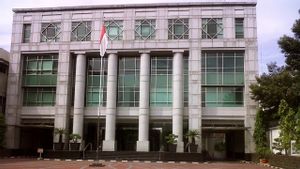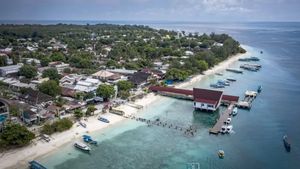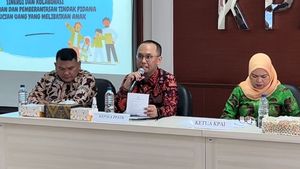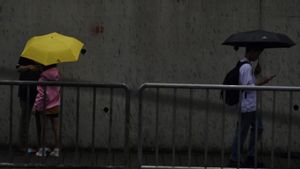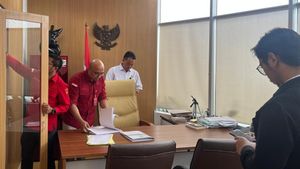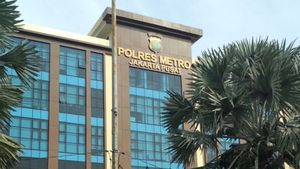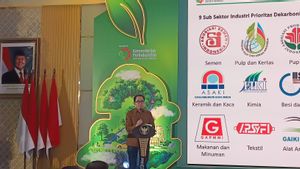JAKARTA - UI Archaeological Teacher Prof Agus Aris Munandar estimates that the findings of the suspected Cultural Conservation Object (ODCB) in Ujung Kulon National Park (TNUK) Pandeglang, Banten, are relics of the Hindu Saiwa era around the 7th century Masehi.
"From an archaeological point of view, this is a very important discovery and shows that there was an initial influence of Indian culture on Javanese soil and it was found in Ujung Kulon National Park," he said after a discussion of the Infectious Group (DKT) by the Cultural Preservation Center (BPK) Region VIII in Serang, Friday. The findings include two five head statues and stone-shaped pions as well as the findings of lulumpang stones. He explained that Hindu Saiwa's religion in the 8th century developed in central Java and before that the influence of Indian culture was already in Ujung Kulon. Why was it chosen by Ujung Kulon, according to Agus, from the shipping angle, if it came from the west, it would stop to the western part of Javanese soil, namely Panaitan Island and Ujung Kulon. "In the past, the voyage was not through the Malacca Strait, but still through the west coast of Sumatra, finally the ship's voyages stopped in the western Javanese land, on Panaitan Island and Ujung Kulon," he explained.
SEE ALSO:
"This advanced rescue and research program requires more intensive coordination with TNUK, BRIN, academics and other relevant agencies," he said. Head of TNUK Hall, Ardi Andono, appreciated BPK Region VIII for its findings in TNUK so that ODCB objects were revealed which were important to reveal history in Ujung Kulon. "We are very grateful to BPK Region VIII for its initiation so that objects are suspected of being cultural heritage in TNUK, this is important to reveal the history of TNUK itself what it used to be, and why until now its culture is very thick, this is a new veil open," he said., said Ardi, TNUK opened itself up to collaborate and cooperate with BPK Region VIII. The discussion was attended by representatives from the UI Archaeological Department, Ujung Kulon National Park Office (TNUK), Untirta History Study Study Program, UIN Sultan Maulana Hasanuddin Banten, BRIN, and the Tourism and Culture Office of Pandeglang Regency.
The English, Chinese, Japanese, Arabic, and French versions are automatically generated by the AI. So there may still be inaccuracies in translating, please always see Indonesian as our main language. (system supported by DigitalSiber.id)





